There are tons of simple science experiments that are so much fun for kids! Making a density tower, or layers of different liquids, is a little bit of science magic for the junior scientist but also incorporates a good dose of cool physics. Explore how some liquids are denser than others with this super easy density tower experiment below!
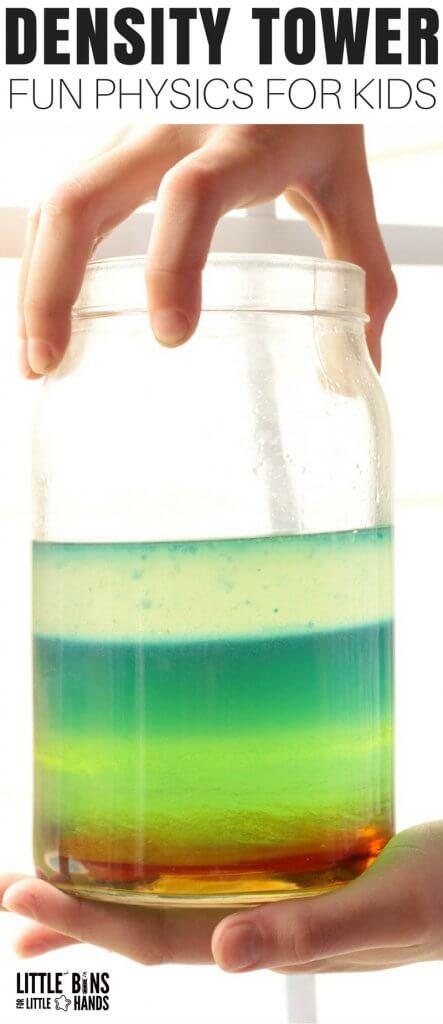
Simple Physics Experiments For Kids
We love using what we have around the house for cool science, like this liquid density tower. All you need is a large jar, and several different liquids. Investigate whether the liquids mix together, or form a layered tower based on how dense each liquid is.
First, what is density? Density refers to the mass of a substance (the amount of matter in that substance) compared to its volume (how much space a substance takes up). Different liquids, solids, and gases have different densities.
Density in science is an important property because it affects how objects float or sink in water. For example, a piece of wood will float in water because it has a lower density than water. But a rock will sink in water because it has a higher density than water.
This works even for liquids. If a liquid that is less dense than water is gently added to the water’s surface, it will float on the water. Learn more about density here.
Check out these other fun density science experiments…
- What happens when you add oil to water?
- How does sugar affect the density of water?
- Is salt water more dense than fresh water?
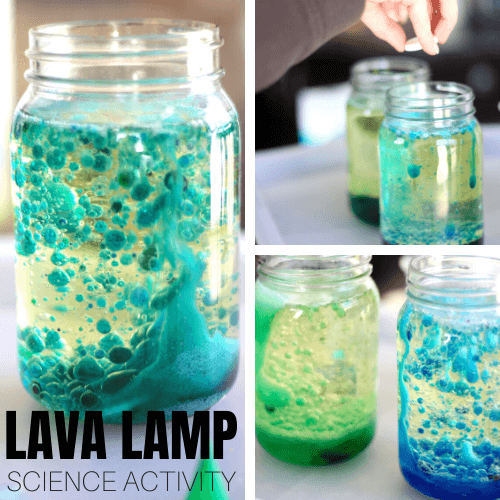
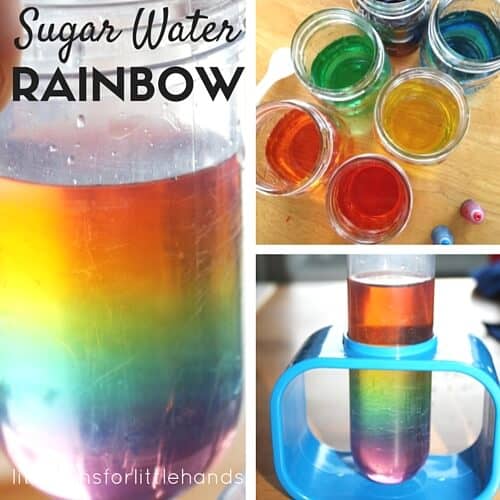
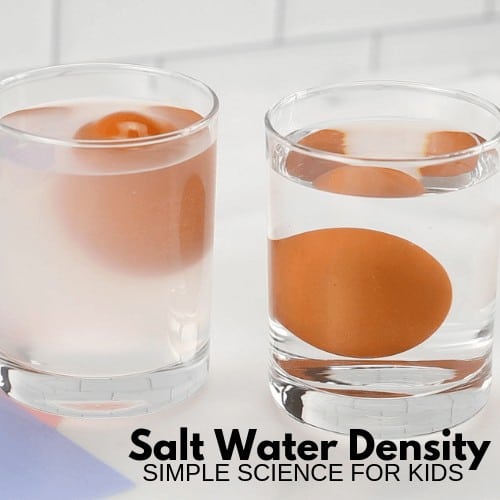
What Is Physics?
Let’s keep it basic for our younger scientists. Physics is all about energy and matter and the relationship they share with one another. Like all sciences, physics is about solving problems and figuring out why things do what they do. Kids are great for questioning everything anyway.
In our physics experiments, some of the things you will learn a little about are static electricity, Newton’s 3 Laws of Motion, simple machines, buoyancy, density, and more! And all with easy household supplies!
Encourage your kids to make predictions, discuss observations, and re-test their ideas if they don’t get the desired results the first time. Science always includes an element of mystery that kids naturally love to figure out! Learn more about using the scientific method for kids here,.
Why Is Science So Important?
Kids are curious and always looking to explore, discover, check out, and experiment to discover why things do what they do, move as they move, or change as they change. Science surrounds us, inside and out. Kids love checking things out with magnifying glasses, creating chemical reactions with kitchen ingredients, and exploring stored energy.
Check out 35+ awesome preschool science activities to get started!
There are lots of easy science concepts that you can introduce kids to early on! You might not even think about science when your toddler pushes a card down a ramp, plays in front of the mirror, laughs at your shadow puppets, or bounces balls repeatedly. See where I am going with this list! What else can you add if you stop to think about it?
Science starts early, and you can be a part of that by setting up science at home with everyday materials. Or you can bring easy science to a group of kids! We find a ton of value in cheap science activities and experiments.
The Science Of A Density Tower
Let’s take a look at some simple science behind the activity. We know that our liquid density tower deals with matter, liquid matter (matter also includes solids and gasses).
The density of a liquid is a measure of how heavy it is for the amount measured. If you weigh equal amounts or volumes of two different liquids, the liquid that weighs more is more dense. It’s might be hard to imagine that different liquids have different weights, but they do!
Why are some liquids more dense than others? Like solids, liquids are made up of different numbers of atoms and molecules. In some liquids, these atoms and molecules are packed together more tightly resulting in a denser or heavier liquid like the syrup!
These different liquids will always separate because they are not the same density! That’s pretty cool, isn’t it? I hope you explore science at home and test out some awesome physics concepts too.
Click here for your FREE Science Activities Pack
Density Tower Experiment
Don’t forget to have your kids make some predictions and develop a hypothesis. You can read more about the scientific method and find a free printable to record your observations!
Make sure to get their thoughts on what will happen when you add the liquids to the jar. Will they all mix together for a big mess? Are some liquids heavier than others?
SUPPLIES:
- Syrup
- Water
- Cooking Oil
- Rubbing Alcohol
- Dish Soap
- Large, Tall Jar
- Food Coloring
You can also add honey, corn syrup, and even an ice cube! You will find that some density tower experiments have a particular and careful way of adding the layers, but ours is a bit more kid-friendly!
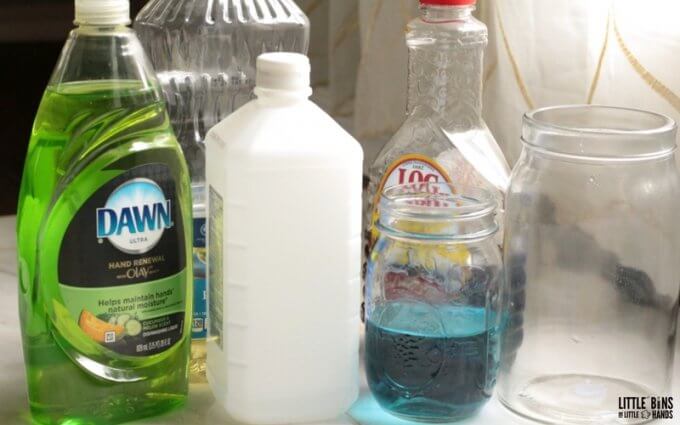
How To Make A Liquid Density Tower
STEP 1. Add your ingredients from heaviest to lightest. Here we have the heaviest being corn syrup, then dish soap, then water (color the water if desired), then oil, and lastly alcohol.

STEP 2. Add the layers one at a time, and add a drop of food coloring to the alcohol layer. The food coloring will mix between the alcohol layer and the water layer, making the layers more distinct and pretty! Or make it spooky as we did here for our Halloween density experiment.
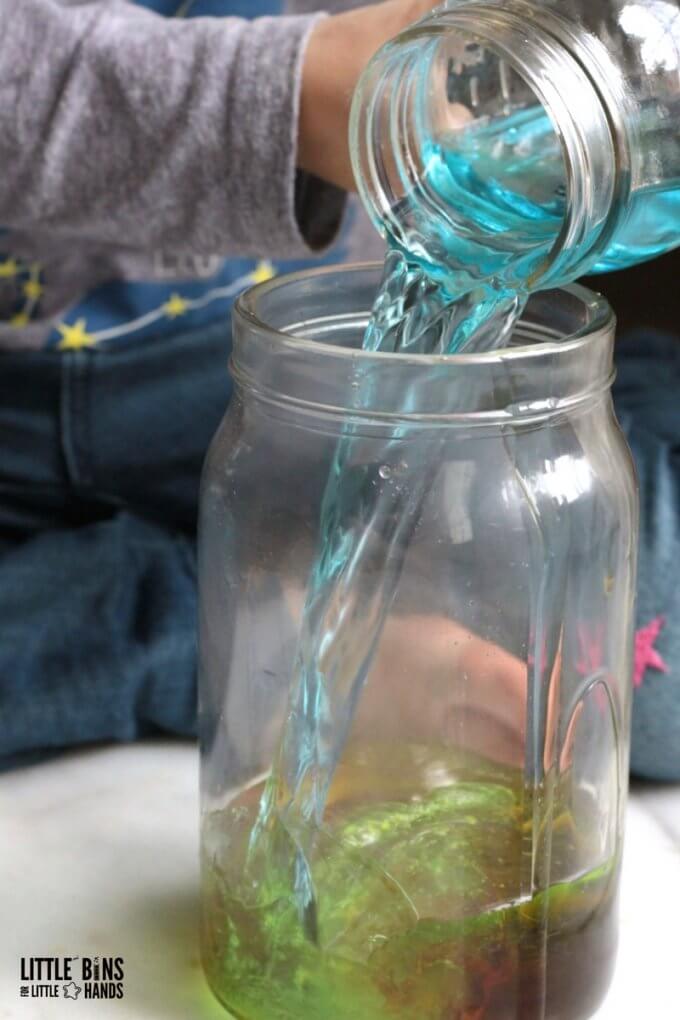
STEP 3. Check back in with your kids and see if their predictions are correct, what they observed, and what conclusions they can draw from this physics activity!
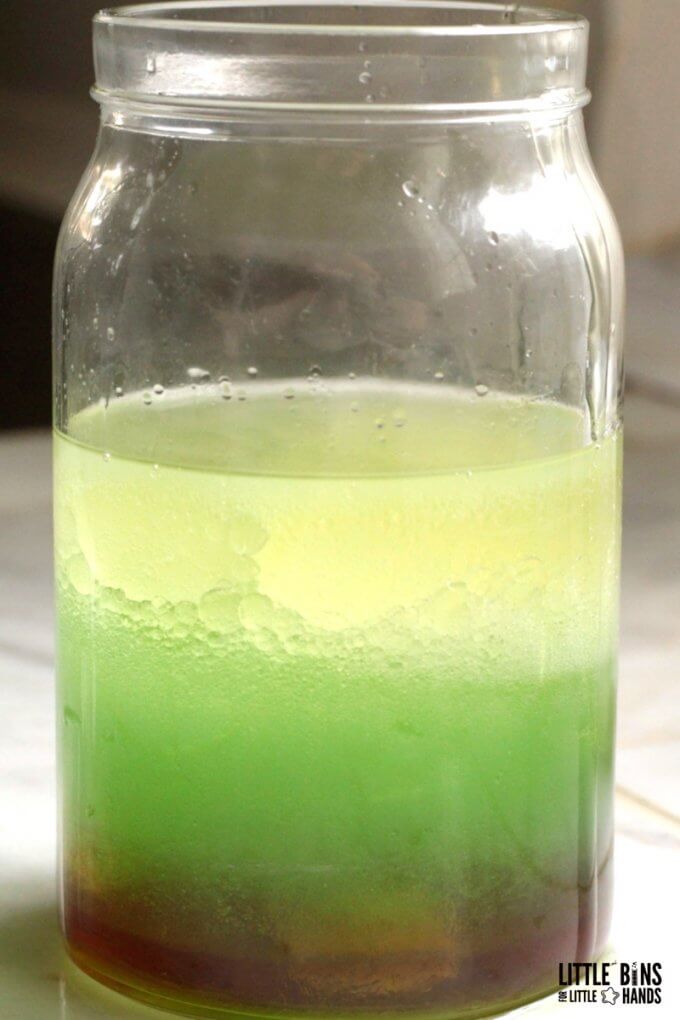
The final shot of this cool physics experiment, a layered liquid density tower.
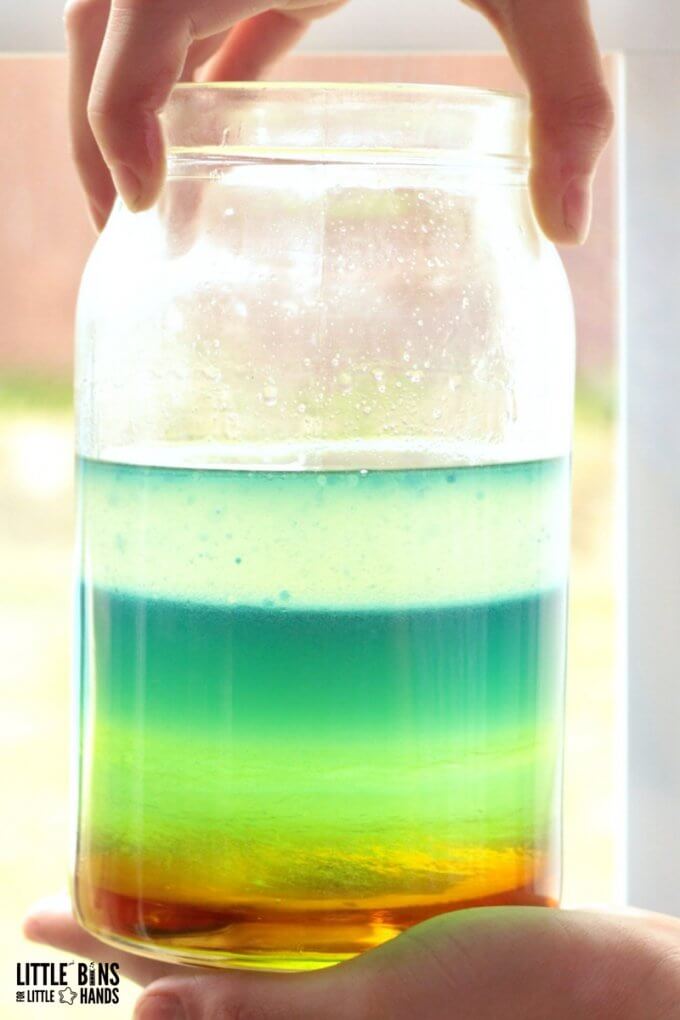
More Fun Science Experiments To Try
Learn about atmospheric pressure with this incredible can crusher experiment.
Explore fun forces with an easy to set up balloon rocket project.
Pennies and foil are all you need to learn about buoyancy.
Explore sound and vibrations when you try this fun dancing sprinkles experiment.
Learn about static electricity with cornstarch and oil.
Find out how you can make lemons into a lemon battery!
50 Easy Science Experiments For Kids
Click on the image below on the link for more fun science experiments for kids.



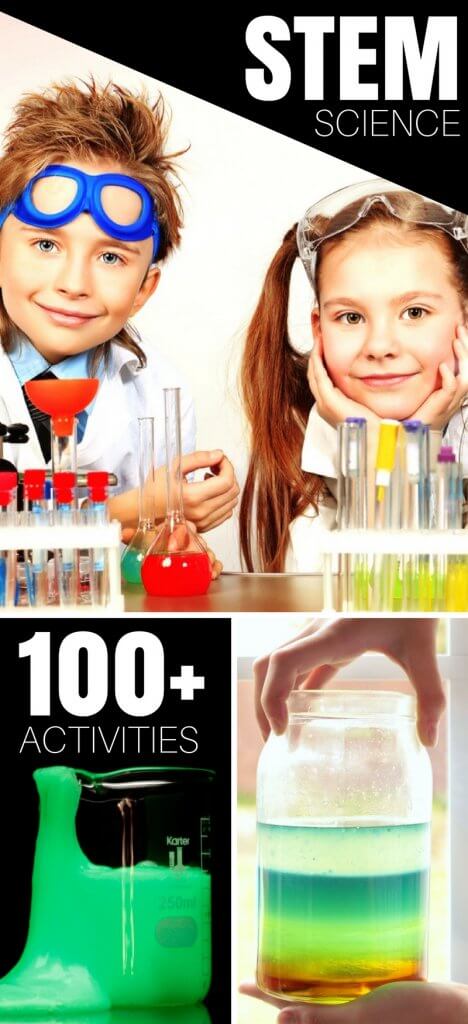






3 Comments
Comments are closed.